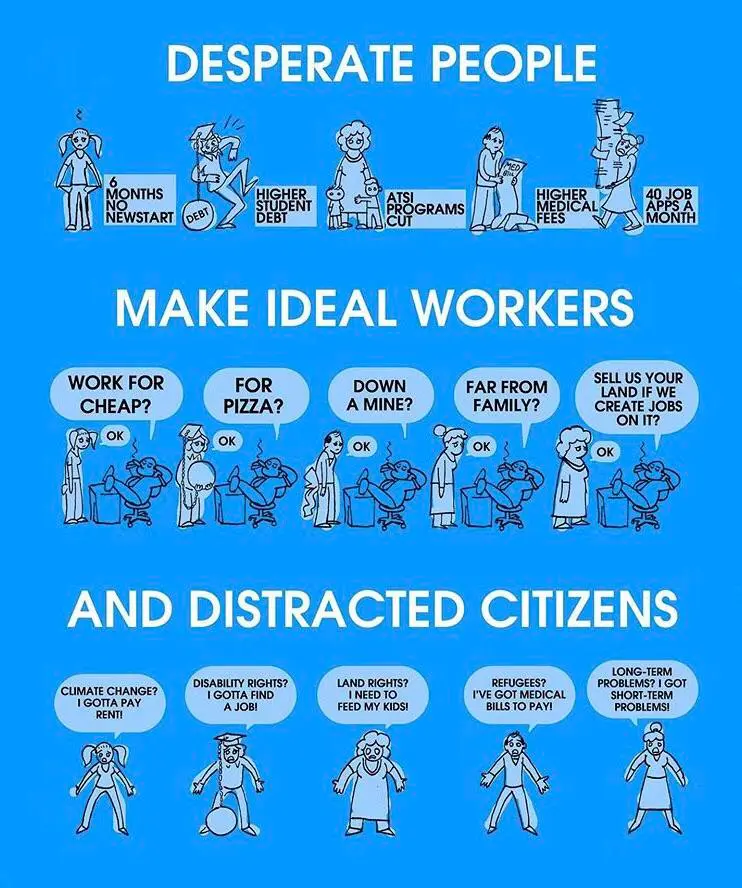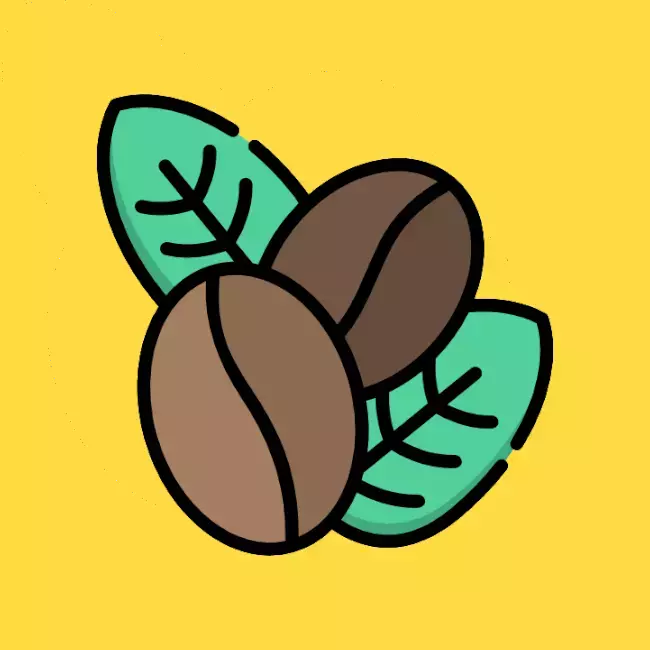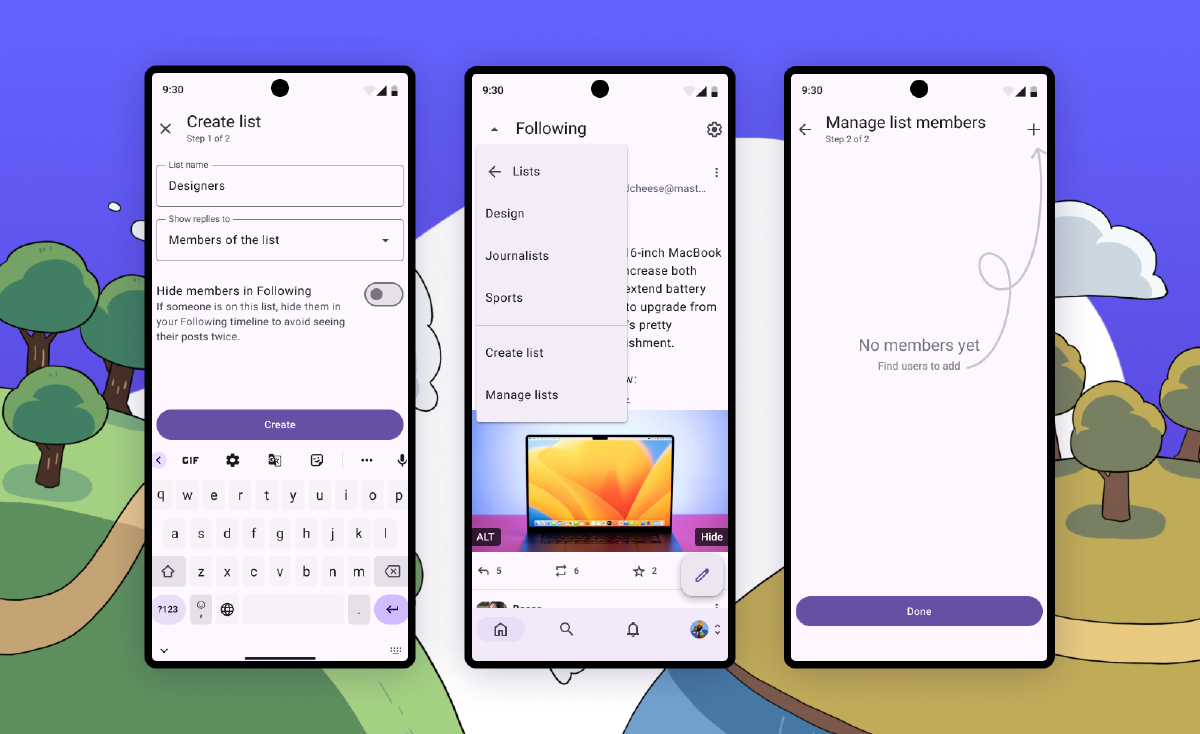- 10 Posts
- 22 Comments

 101·8 months ago
101·8 months agoMy use case is to access text and link content on a web page anonymously over Tor without getting blocked by Cloudflare.
I found it!😁 At https://muckrack.com/podcast/sporkful/episodes/
Looks like the other missing episodes are there too?
Direct mp3 links:
How To Export Coffee In A War (Pt 1)
How To Export Coffee In A War (Pt 2)
FWIW, the transcript is still available on the page xl_ent linked.
(cc @xl_ent@feddit.de )

 2·8 months ago
2·8 months agoAh, I see this detail was also recently noted in the comm 😎 👍
I tried it before finding imgsed but each instance had issues loading images past the first page of a user’s profile. But I will check back occasionally
lists of other alternative front-end services or projects that i (also) have not vetted:
“A web extension that redirects YouTube, Twitter, Instagram… requests to alternative privacy friendly frontends and backends.” https://libredirect.github.io/ - the list they use. https://github.com/libredirect/libredirect - extension (source)
list of some instances https://farside.link/ - (source)
a list of projects, with some other stuff on it too https://www.funkyspacemonkey.com/foss-front-ends-and-alternatives-for-twitter-instagram-reddit-youtube-and-more
 3·9 months ago
3·9 months agogreat post, thank you

 4·9 months ago
4·9 months agothanks for posting this, great read

 6·10 months ago
6·10 months agoMaybe google downranks db0 instance like it does other pirate sites?
also check out https://www.allsides.com/, which has a somewhat similar concept

 2·1 year ago
2·1 year agoNote that this is focused on espresso preparation. The paper and diagrams pair great with James’ Espresso prep series.
James actually did a video on this paper specifically as well.
TL;DR: using a lower dose (15g) and a coarser grind produces a more complete extraction as well as a more consistent cup, allowing you to use up to 25% less material while producing a similar result to mainstream prep methods.
SUMMARY
Espresso is a beverage brewed using hot, high-pressure water forced through a bed of roasted coffee. Despite being one of the most widely consumed coffee formats, it is also the most susceptible to variation. We report a novel model, complimented by experiment, that is able to isolate the contributions of several brewing variables, thereby disentangling some of the sources of variation in espresso extraction. Under the key assumption of homogeneous flow through the coffee bed, a monotonic decrease in extraction yield with increasingly coarse grind settings is predicted. However, experimental measurements show a peak in the extraction yield versus grind setting relationship, with lower extraction yields at both very coarse and fine settings. This result strongly suggests that inhomogeneous flow is operative at fine grind settings, resulting in poor reproducibility and wasted raw material. With instruction from our model, we outline a procedure to eliminate these shortcomings.
EXCERPT - Systematic Reduction of Coffee Mass by Downdosing and Grinding Coarse
As we demonstrated in Figure 3, our model informs us that a reduction in dry coffee mass results in an increased EY max (shown schematically in blue in Figure 6). Thus, a barista is able to achieve highly reproducible espresso with the same EY as the 20 g espresso by reducing the coffee mass to 15 g and counter-intuitively grinding much coarser (as shown in red, Figure 6B). This modification may result in very fast shots (<15 s), a reduction in espresso concentration, and a different flavor profile.
The Specialty Coffee Association espresso parameters mandate that the extraction should take 20–30 s; we speculate that this might be partially responsible for the pre- vailing empirical truth that most coffee is brewed using grind settings that cause partially clogged/inhomogeneous flow. Remembering that the initial tasty point may lie in the clogged flow regime, some of the bed is extracted much more than the refractive index measurement suggests. By lowering the dry coffee mass and grinding to maximize EY, the operator may notice that they are able to push their extractions much higher than before, while achieving highly reproducible espresso.
Oh yeah, complete with no explicit emotion. The reddit alien was smiling.
The advantage Kitty-chan holds is her lack of a mouth. The reason for this is summed up best by Yuko Yamaguchi, the current character designer (meaning “boss”) of Hello Kitty:
“[She doesn’t have a mouth] so that people who look at her can project their own feelings onto her face, because she has an expressionless face. Kitty looks happy when people are happy. She looks sad when they are sad. For this psychological reason, we thought she shouldn’t be tied to any emotion – and that’s why she doesn’t have a mouth.”
The power of Hello Kitty’s interpretation now extends a layer deeper, beyond our idea of what she represents into our idea of what she is feeling. This gives her life in our minds, in a way that “mouthed” cartoons can’t. What Mickey Mouse is feeling at any given moment, not counting his situation or environment, can be clearly seen through his mouth. Hello Kitty, lacking this feature, could be feeling anything at any time! And thus whatever we may be feeling can and probably does get transferred onto her face.
Cheers! I’d like to pass on this info though, for anyone who enjoys both like myself:
Caffeine drinking potentiates cannabinoid transmission: interaction with stress effects - Neuropharmacology 2009
Our data suggest that the cannabinoid system is implicated in the psychoactive properties of caffeine and in the ability of caffeine to reduce the pathological consequences of stress. Chronic caffeine assumption sensitized GABAergic synapses to the presynaptic effect of cannabinoid CB1 receptor stimulation by exo- and endocannabinoids. The synaptic effects of caffeine were slowly reversible after its removal from the drinking solution. Furthermore, although exposure to caffeine for only 24h did not produce measurable changes of the sensitivity of cannabinoid CB1 receptors, it was able to contrast the down-regulation of CB1 receptor-mediated responses after social defeat stress.
I copied the rest from bloommedicinals.com, just the relevant bits. Also added the links to the studies and the pages with additional descriptions.
TL;DR:
- Low levels of caffeine can help to maximize the effects of THC, but too much caffeine can lessen the impact of your cannabis
- Caffeine and THC can both increase dopamine levels, but too much at once can trigger anxiety, agitation, and paranoia
What Happens When You Smoke Weed and Drink Coffee?
Since coffee and cannabis may offer so many health benefits on their own, you might think it’s safe to assume that enjoying a little bit of weed with your coffee would be okay. The reality is … it might be safe for most, but not for all. Here’s why.
THC and coffee can boost the amount of dopamine in our systems. Although dopamine can promote feelings of happiness and euphoria, too much of it at once can trigger anxiety, agitation, and paranoia. In addition, both caffeine and THC can both increase your blood pressure and heart rate.
This is why many doctors advise that those with heart conditions and those at risk of heart arrhythmia or stroke, should not mix caffeine and THC. So, if you’re new to mixing coffee and cannabis, it’s important to consult your doctor to make sure it makes sense for you. If it does, begin with lower amounts of coffee and cannabis than you would normally consume on their own. Then if needed, you can increase your dosage slowly.
Back in 2014, a study was conducted to measure the effects of mixing caffeine and cannabis on squirrel monkeys. The results of this study were published in the Journal of Neuroscience. (also described here)
The monkeys were given the ability to self administer cannabis whenever they wanted. All they had to do was to pull on a lever. When the monkeys were given low doses of a substance similar to caffeine, they seemed less likely to reach for the THC. But, when they received high doses of caffeine, they seemed to reach for that lever more often.
Then in 2018, a study led by Marilyn Cornelis at Northwestern University’s Feinberg School of Medicine seemed to back up these findings. This time, the study examined the effects of mixing cannabis and coffee on humans. It found that the more caffeine people consumed, the less cannabis their body was able to metabolize. (also described here)
So, although small amounts of caffeine can help your THC go a long way – too much caffeine can lessen its effects.
Hi JB, I went down this rabbit hole last week, here is a post I made summarizing what I found, with links to the dev’s GH discussions of the different ideas for implementing the linking of communities, both within an instance or across instances, public or private, mod or user created. These features would likely be implemented separately.
There is also a link to a firefox extension that you may find useful while the dev work is ongoing.
Thanks for explaining, I like that approach too
P.S. in the meantime, a user has created a FireFox addon that might be useful, I have not checked it out myself.
“Missing the MultiReddit experience? I built a Firefox Add On for that” - @Leraje https://lemmy.ml/post/1611805
Not at all: Not if you avoid purchasing anything involving tipped-services! People who pay their workers so little that they need to be tipped tend not to get my business.










hooray! thank you tim!